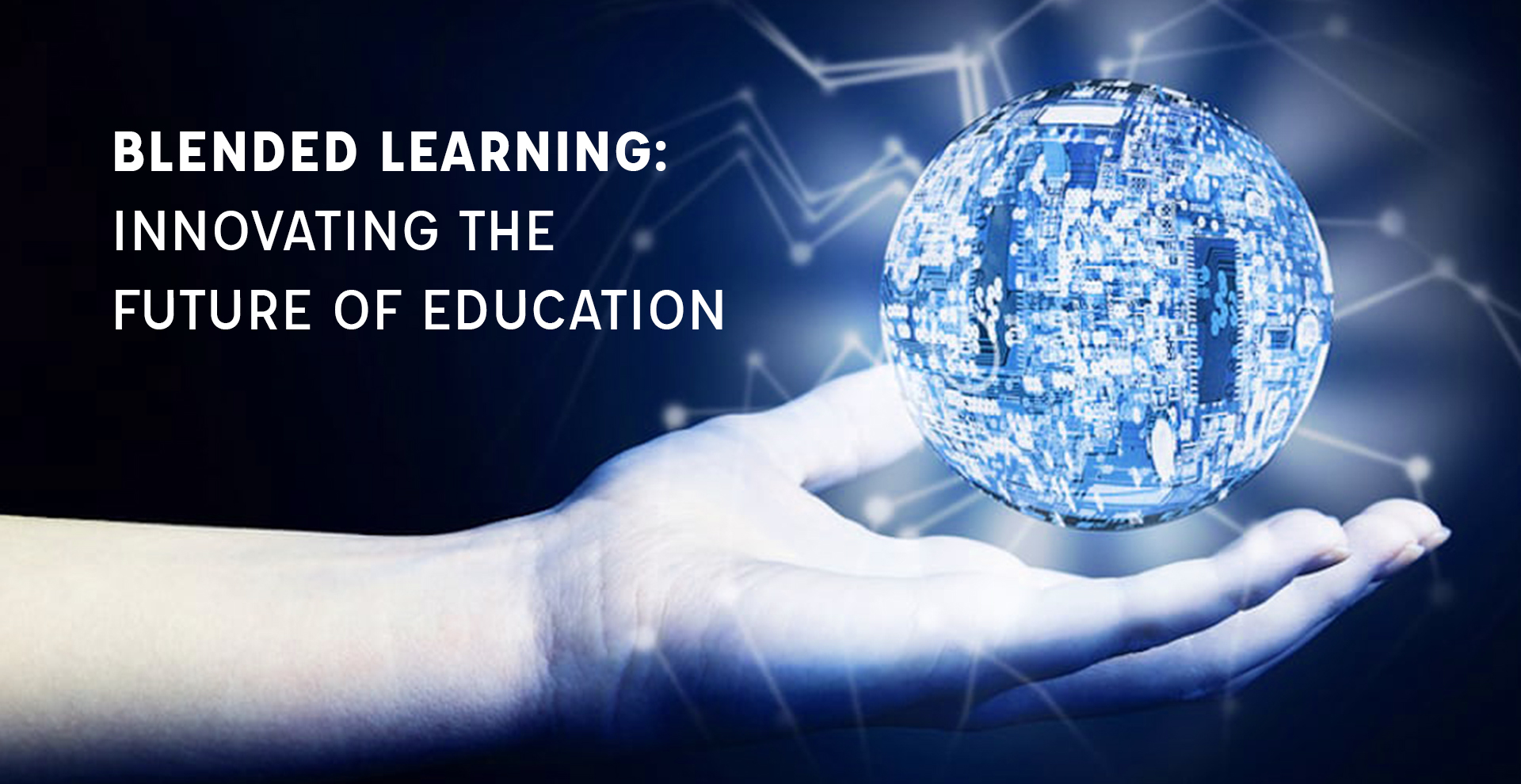


To excel in the future, people worldwide believe, they will need to be multifaceted — like the ability to gain adaptability in agile working environments and grasping the art of critical thinking, to name a few. In addition to that, competency to constantly open to develop your knowledge and skills in the pursuit of lifelong-learning is another strong contender to stay competitive in their role or to qualify in the new big stint. However, we have covered on the needs for skill development quite vastly here and here— what about how can one undergo these needed skills though? What are the options available for us to upskill and reskill ourselves? For a start, blended learning is a sought-after method of learning which has been trending for quite some time.
What is blended learning? Essentially, blended learning, also known as hybrid learning is a mix of traditional in-class teaching and virtual learning. This method includes training via direct classes as well as digital media. Blended learning is whereby the students can learn and boost their skills better and help learners take ownership of their knowledge and expand their expertise. Blended learning peaked in its popularity as it proved its efficiency in the period of a global pandemic especially for school and tertiary students. This was heavily implemented by educational institutions which were only known for the traditional mode of teaching, which is in a classroom. However, it isn’t the case now, or ever again. From a professional lense, this method is in-built to meet the pressing needs of each learner, like how it is done here. An online platform like GoTraining stresses on the easy usability and flexibility to take up a course online. Often these type of courses includes the instructional methods, learning objectives, assessment types, tests, instructional approaches and teaching modules, that can be modified and customized to your preferences into its LMS (Learning Management System) and ready for you, as a learner.
The advent of social media and digital technology has extended the scope of blended learning by paving the way for concepts such as social learning, microlearning and gamification. Previously, we discussed heavily on microlearning, which is an approach that involves a series of video nuggets for just-in-time usage. When microlearning is integrated into a blended learning approach, it provides a versatile and diverse learning program that allows combines the benefits of various learning solutions. Instead of treating the content using just one single learning mode, using a blended approach means that the learner gets the best out of different approaches. Moreover, the learner communities can take advantage of the 2-way communication arena blended learning created, for learners to ask questions and interact with one another for a fulfilled experience.
In the era of automation, reskilling and upskilling are on everyone’s lips as it is crucial for everyone to take part in. Governments and private sectors have taken the liberties to launch various type of initiatives and offer grants in an effort to stay ahead of the curve. Blended learning comes in play as it allows businesses to improve on their ROI every time it is employed in their skill and talent development programs while decreasing costs of materials, travel and logistics. It also offers not just translation but also the localization of each module in the skill development program. Social media is also another factor that helped finessed the online learning space to be a lot more interactive. It can be integrated into this blended learning strategy as a collaborative tool in real-time for knowledge sharing due to its nature of a wider reach of audience and a streamlined process. Moreover, when technology-enabled blended learning is implemented, it also means that all online content can be updated easily from time to time to refrain from redundancy.
Blended learning is much more than combining classroom training with e-learning — it provides opportunities for realistic, hands-on practice, and promotes the practical application of training especially for working professionals. Whether in an onsite training or through online simulations, this new age blended learning makes up the core of how the future of education and skill development phenomena are going to look like.